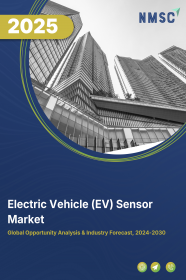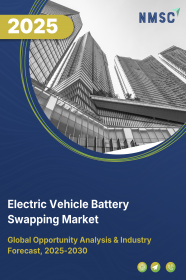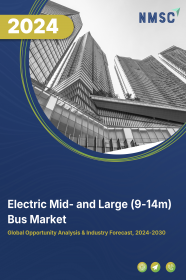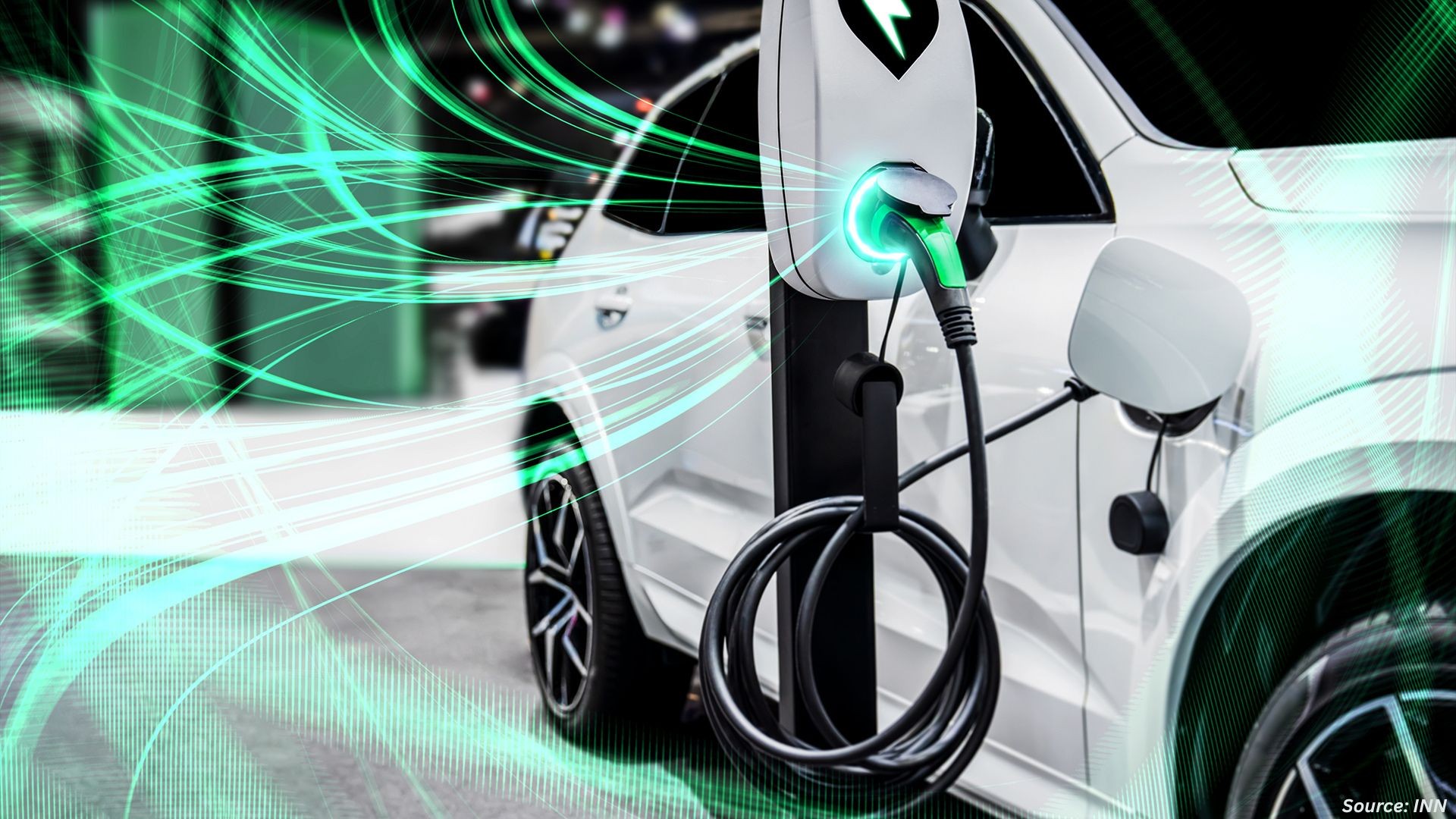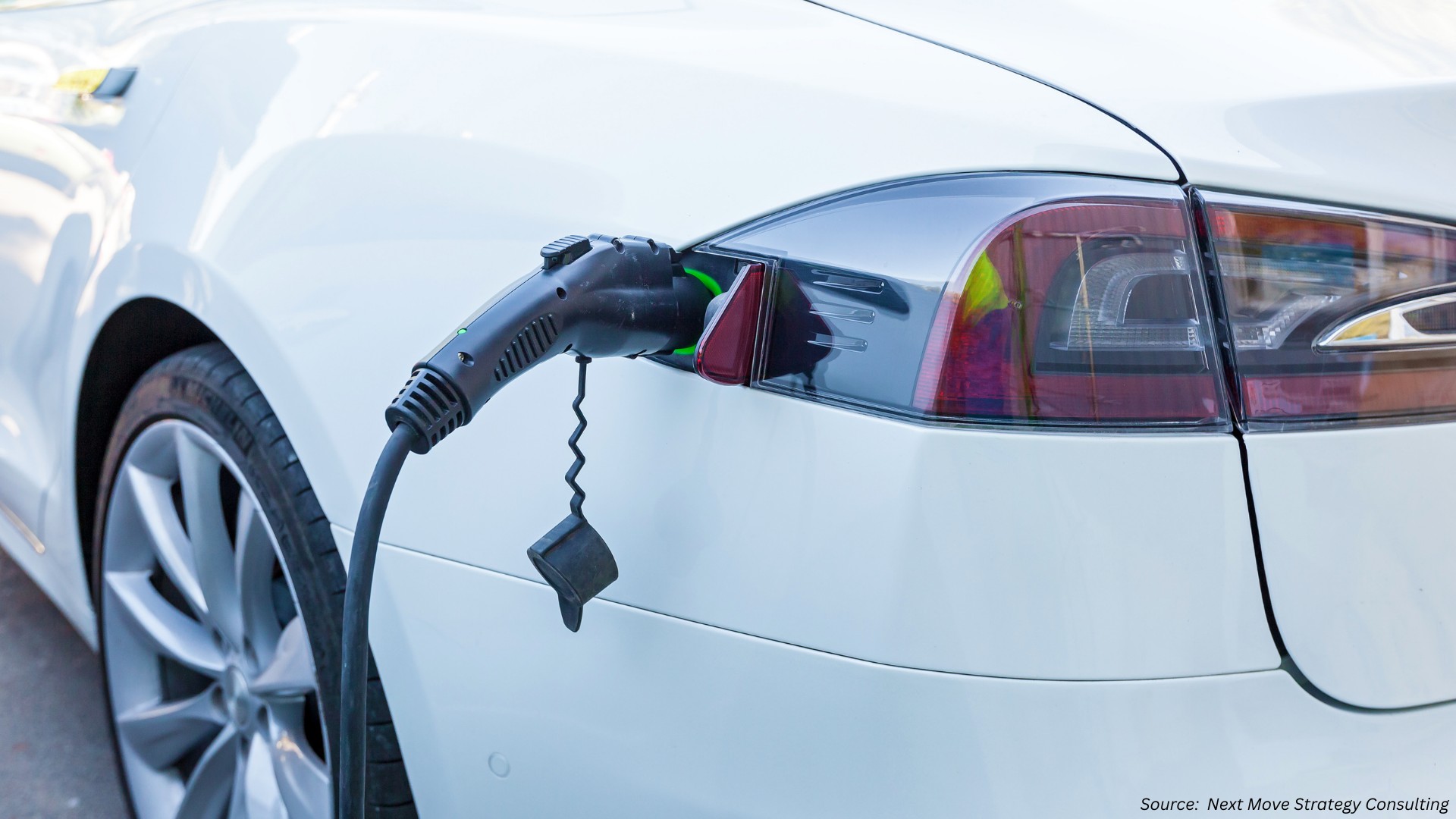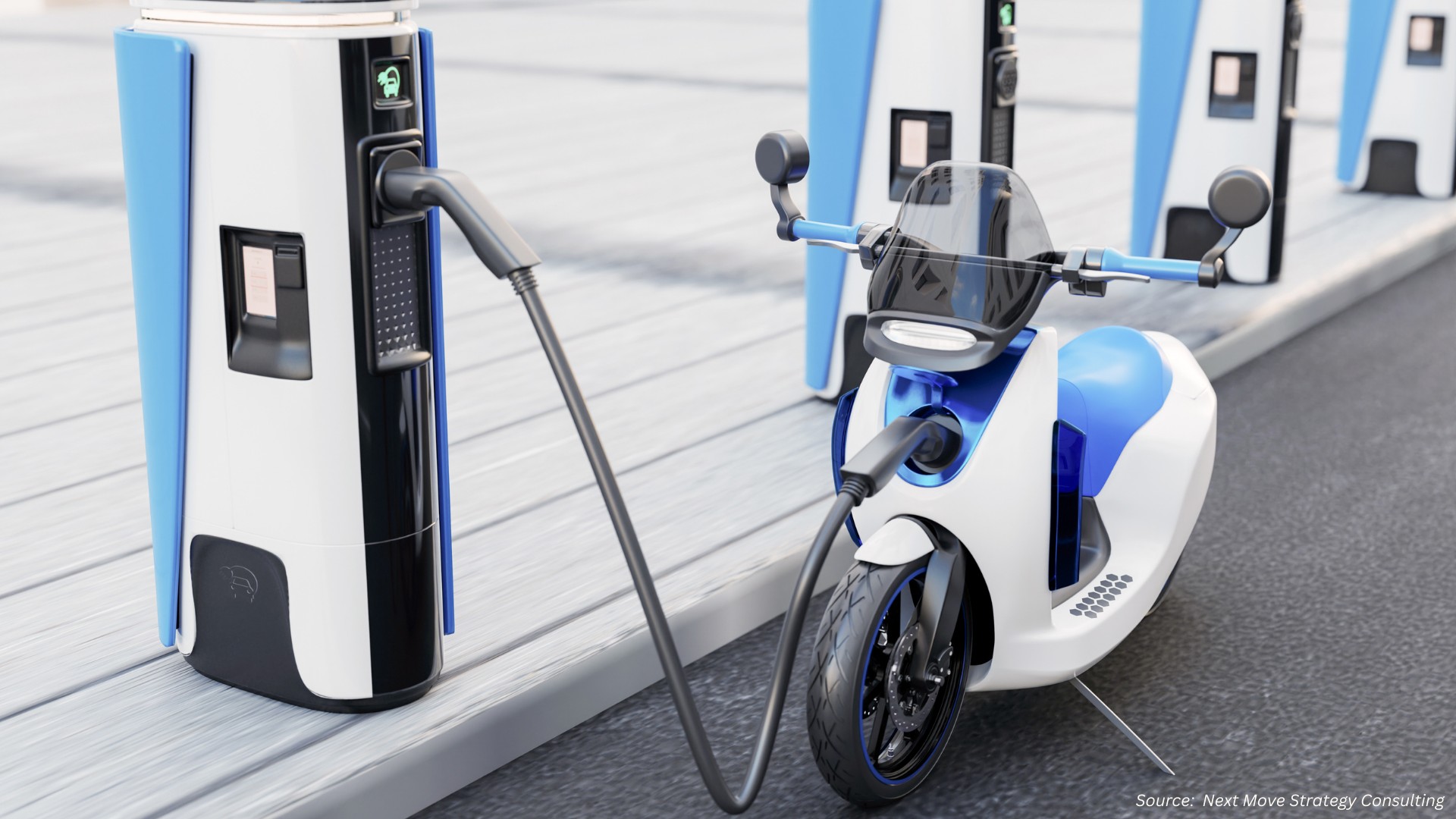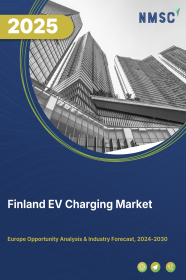
Finland Electric Vehicle Charging Market by Type of Charger (AC Chargers, and DC Chargers), by Charging Speed (Level 1, Level 2, and Level 3), by Connector Type (Type 1, Type 2, CCS, CHAdeMO and Others), by Installation (Fixed, and Portable), and by End User (Commercial, and Residential)– Opportunity Analysis and Industry Forecast 2023–2030.
Industry: Automotive & Transportation | Publish Date: 23-Oct-2025 | No of Pages: 103 | No. of Tables: 86 | No. of Figures: 51 | Format: PDF | Report Code : AT859
Market Definition
Finland Electric Vehicle (EV) Charging Market was valued at USD 42.43 million in 2022, and is predicted to reach USD 393.63 million by 2030, with a CAGR of 32.8% from 2023 to 2030. Electric vehicle chargers are devices that determine the rate at which energy is supplied to a vehicle's battery per unit of time. They establish the connection between plug-in electric vehicles and electrical outlets for recharging the vehicle's battery. These chargers are pivotal in delivering the necessary energy to EVs and facilitating their operation.
Charging stations cater to a range of electric vehicles, including full electric cars, neighborhood EVs, and plug-in hybrids, enabling them to draw power from an electrical source. Some charging stations come equipped with advanced features such as smart meters, cellular connectivity, and network access, enhancing user convenience.
Charging of electric vehicles occurs through different levels, categorized as level 1, level 2, and level 3. The higher the charging level, the faster the process, resulting in more power delivered to the vehicle, reducing charging time significantly. Transitioning to electric vehicles plays a crucial role in mitigating the release of toxic gases and reducing carbon emissions, addressing the pressing issue of environmental pollution stemming from transportation.
Commercial spaces have experienced higher EV charging penetration compared to residential areas, while public charging infrastructure, featuring ultra-fast charging capabilities, benefits long-distance travelers. Nevertheless, residential EV chargers hold substantial growth potential due to their affordability and convenience, making them an appealing choice for those seeking convenient and cost-effective electric vehicle charging solutions.
Pro-Electromobility Policies and Infrastructure Mandates Accelerating Market Expansion
Finland’s EV charging market is gaining strong momentum due to a favorable policy environment focused on decarbonization and transport electrification. The national government has reinforced its commitment to zero-emission mobility by aligning with EU targets, mandating EV infrastructure across key transport corridors, and streamlining permitting processes for charging station deployment. Public funding schemes are actively supporting the rollout of both public and semi-public chargers, particularly fast and high-power units critical for long-distance travel. In parallel, municipal-level building codes now require new residential and commercial developments to be EV-ready, embedding charging infrastructure into Finland’s urban growth strategy. These initiatives are accelerating infrastructure availability, enhancing end-user convenience, and making EVs a more practical choice for both urban and rural users.
Tech-Driven Innovation and Strong Private-Sector Inflow Driving Network Scalability
The rapid evolution of digital infrastructure and energy tech in Finland is reshaping the EV charging landscape. Advanced charging management platforms, powered by AI and IoT technologies, are enabling smart load balancing, predictive maintenance, and integration with renewable energy sources. This is improving network efficiency and supporting grid resilience. Moreover, Finland is witnessing growing investments from private-sector players—including energy utilities, EV-focused startups, and multinational CPOs—who are actively deploying high-speed chargers across retail hubs, logistics centers, and arterial highways. The rise of competitive, user-centric service models with seamless mobile payment systems and real-time network data is enhancing consumer satisfaction and helping scale infrastructure beyond densely populated zones. This tech-first, investor-backed ecosystem is a key driver in accelerating nationwide charging accessibility.
Slow Permitting and Land use Regulations Delaying Charger Deployment
One of the emerging barriers to the rapid expansion of Finland’s EV charging infrastructure is the delay caused by complex and fragmented permitting processes. While demand for public and commercial charging stations is rising steadily, developers often face extended timelines in securing approvals due to varied municipal regulations, land use constraints, and environmental compliance requirements. This is particularly problematic in high-demand urban zones where space is limited and regulatory oversight is stricter. Additionally, coordination gaps between energy utilities, transport authorities, and local governments can result in administrative bottlenecks, slowing the rollout of high-capacity charging hubs. Unless streamlined and standardized, these procedural delays risk creating mismatches between EV adoption rates and infrastructure availability, ultimately undermining user experience and investor confidence.
Expansion of Charging Infrastructure for Electric Heavy Vehicles and Commercial Fleets
As Finland intensifies efforts to decarbonize freight and public transportation, the demand for specialized EV charging infrastructure catering to electric buses, trucks, and commercial fleets is emerging as a major growth avenue. National and EU climate policies are pushing for low-emission logistics and public transit systems, creating strong incentives for fleet electrification. However, heavy-duty electric vehicles require high-capacity, depot-based, and en-route megawatt-level charging solutions—segments currently underserved in Finland’s existing charging landscape.
This presents a significant opportunity for infrastructure providers, energy utilities, and municipalities to co-develop tailored charging hubs with features like load management, overnight charging capabilities, and smart scheduling systems. Pilot projects are already underway in Finnish cities for electrified bus depots and logistics centers, with further expansion expected as commercial EV adoption accelerates. The growth of this segment not only diversifies the EV charging market but also strengthens Finland’s broader clean mobility ecosystem, particularly in urban freight and intercity transport corridors.
Competitive Landscape
The Finland Electric Vehicle (EV) Charging industry includes several market players such as Siemens, ABB, Delta, Kempower, ENPHASE, Tesla, Schneider Electric, Hitachi, Wallbox, Alfen, and Others.
Key Benefits
-
The Finland Electric Vehicle (EV) Charging market report provides a quantitative analysis of the current market and estimations through 2023-2030 that assists in identifying the prevailing market opportunities to capitalize on.
-
The study comprises a deep dive analysis of the market trend including the current and future trends for depicting the prevalent investment pockets in the market.
-
The information related to key drivers, restraints, and opportunities and their impact on the market is provided in the report.
-
The competitive analysis of the market players along with their market share in the Finland Electric Vehicle (EV) Charging market.
-
The SWOT analysis and Porter’s Five Forces model are elaborated in the study.
-
Value chain analysis in the market study provides a clear picture of the stakeholders’ roles.
Finland Electric Vehicle (EV) Charging Market Key Segments
By Type of Charger
-
AC Chargers
-
Mode 1 (2.3 kW)
-
Mode 2 (2.3 kW)
-
Mode 3 (3.7 kW to 22 kW)
-
-
DC Chargers
By Charging Speed
-
Level 1
-
Level 2
-
Level 3
By Connector Type
-
Type 1
-
Type 2
-
CCS
-
CHAdeMO
-
Others
By Installation
-
Fixed
-
Portable
By End User
-
Commercial
-
Commercial Public EV Charging Stations
-
Highway Charging Stations
-
Fleet Charging Stations
-
Workplace Charging Stations
-
-
Commercial Private EV Charging Stations
-
-
Residential
-
Private Homes
-
Apartments
-
Key Players
-
Siemens
-
ABB
-
Delta
-
Kempower
-
ENPHASE
-
Tesla
-
Schneider Electric
-
Hitachi
-
Wallbox
-
Alfen
Report Scope and Segmentation:
|
Parameters |
Details |
|
Market Size in 2022 |
USD 42.43 Million |
|
Market Volume in 2022 |
6 Thousand Units |
|
Revenue Forecast in 2030 |
USD 393.63 Million |
|
Growth Rate |
CAGR of 32.8% from 2023 to 2030 |
|
Analysis Period |
2022–2030 |
|
Base Year Considered |
2022 |
|
Forecast Period |
2023–2030 |
|
Market Size Estimation |
Million (USD) |
|
Growth Factors |
|
|
Companies Profiled |
10 |
|
Market Share |
Available for 10 companies |
|
Customization Scope |
Free customization (equivalent up to 80 working hours of analysts) after purchase. Addition or alteration to country, regional, and segment scope. |
|
Pricing and Purchase Options |
Avail customized purchase options to meet your exact research needs. |

















 Speak to Our Analyst
Speak to Our Analyst



